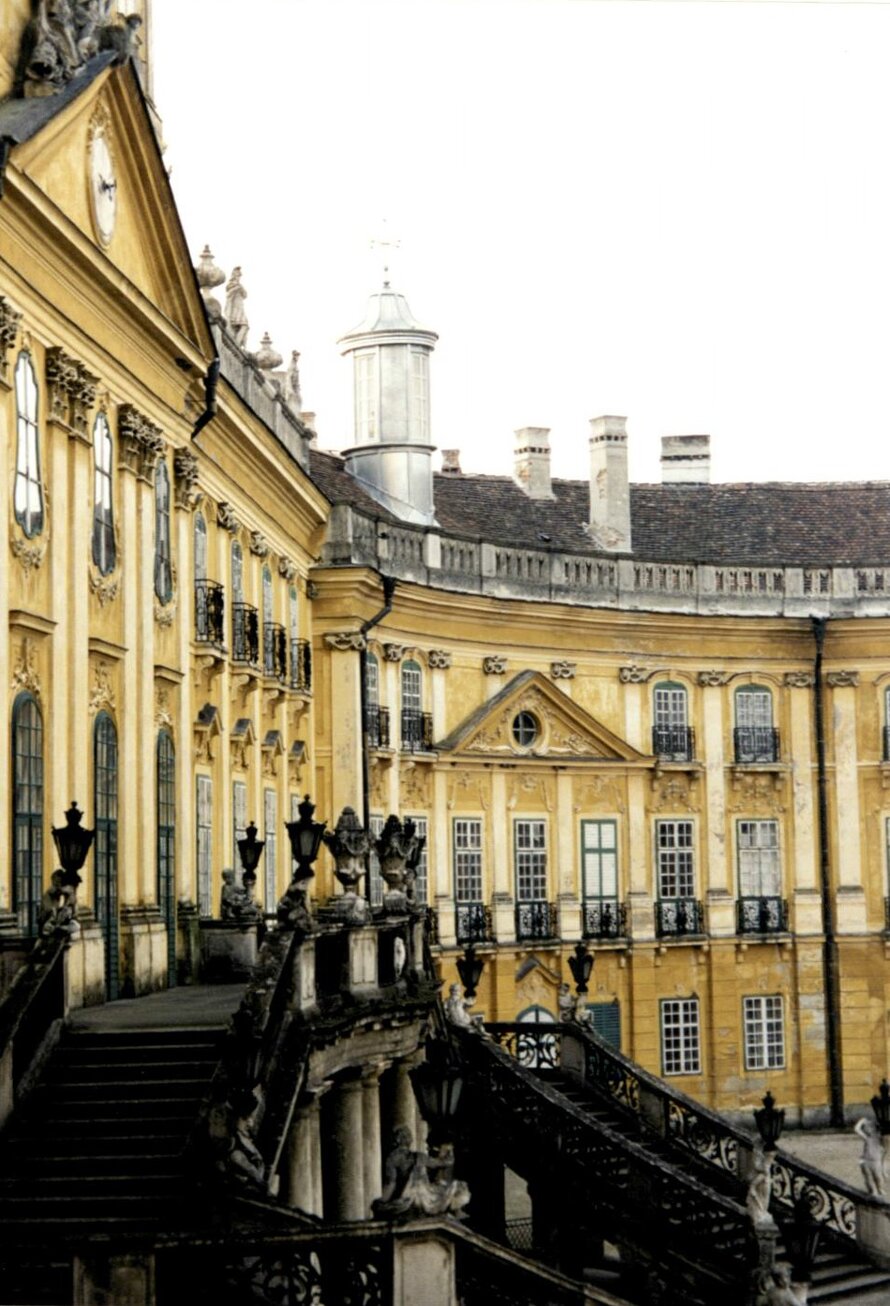Renovation of Esterházy Castle Chapel, Fertöd
Esterházy Castle is a Baroque palace from the 18th century, located in the West Hungarian Eszterhäza, with a U-shaped main building and a court of honour, closed with a wrought-iron gate. ln its central wing can be found the former chapel with extra rooms and oratories. The ...
Read more
Project details
| Title: | Renovation of Esterházy Castle Chapel, Fertöd |
|---|---|
| Entr. year: | 2001 |
| Result: | Diploma |
| Country: | Hungary |
| Town: | Fertöd |
| Category type: | architectural heritage |
| Building type/ Project type: | Religious building/memorial |
| Former use: | Chapel |
| Actual use: | Chapel, cultural attraction |
| Built: | 18th century |
| Architect / Proj.leader: | Tibor Gál, Architect (Budapest - HU) |
| The Jury's citation: | "For the complete restoration of the almost destroyed and neglected chapel of Hungary's most important baroque castle, reconstructing its elements of architecture and art in the original condition" |
| GPS: | 47°37'18.2"N; 16°52'23.8"E |
| Web, Links: | www.esterhazy-palace.com/en/home.html |
Description:
Esterházy Castle is a Baroque palace from the 18th century, located in the West Hungarian Eszterhäza, with a U-shaped main building and a court of honour, closed with a wrought-iron gate. ln its central wing can be found the former chapel with extra rooms and oratories. The centuries, and especially World War Two, caused a Iot of darnage to the intemal condition and artistic values of the building and the chapel. The basic objective of the undertaking was a restoration of the original architectural and artistic appearance and functions. Saving the monument complex, a special part of the national heritage, is a common national interest. Given its dimensions, the work is only feasible an a unit-by-unit basis. The chapel constitutes a separate unit of the whole. The main task in the architectural restoration was a reconstruction of the original lantem, and a restoration of the original connection between the rooms. Artistic tasks were a restoration and reconstruction of the chapel's fresco and the ornamental paintings in the extra rooms. A restoration of the artificial marble surfaces and the carved and gilded objects of the altar, as well as a reconstruction of its destroyed parts. The restoration of the chapel started in 1998 with preliminary and architectural tasks. In May 2001 the chapel was reopened.
Similar projects
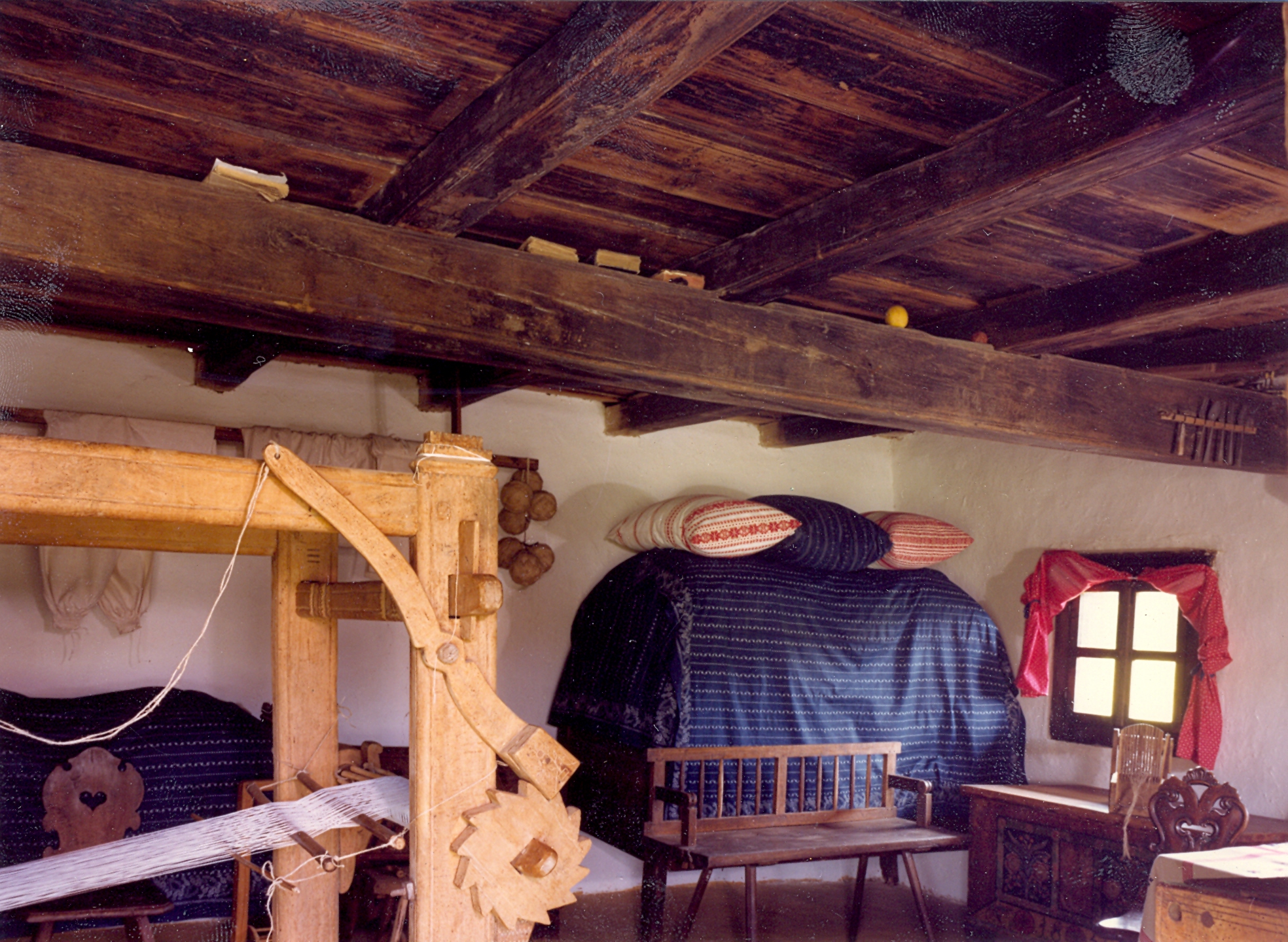
18th century
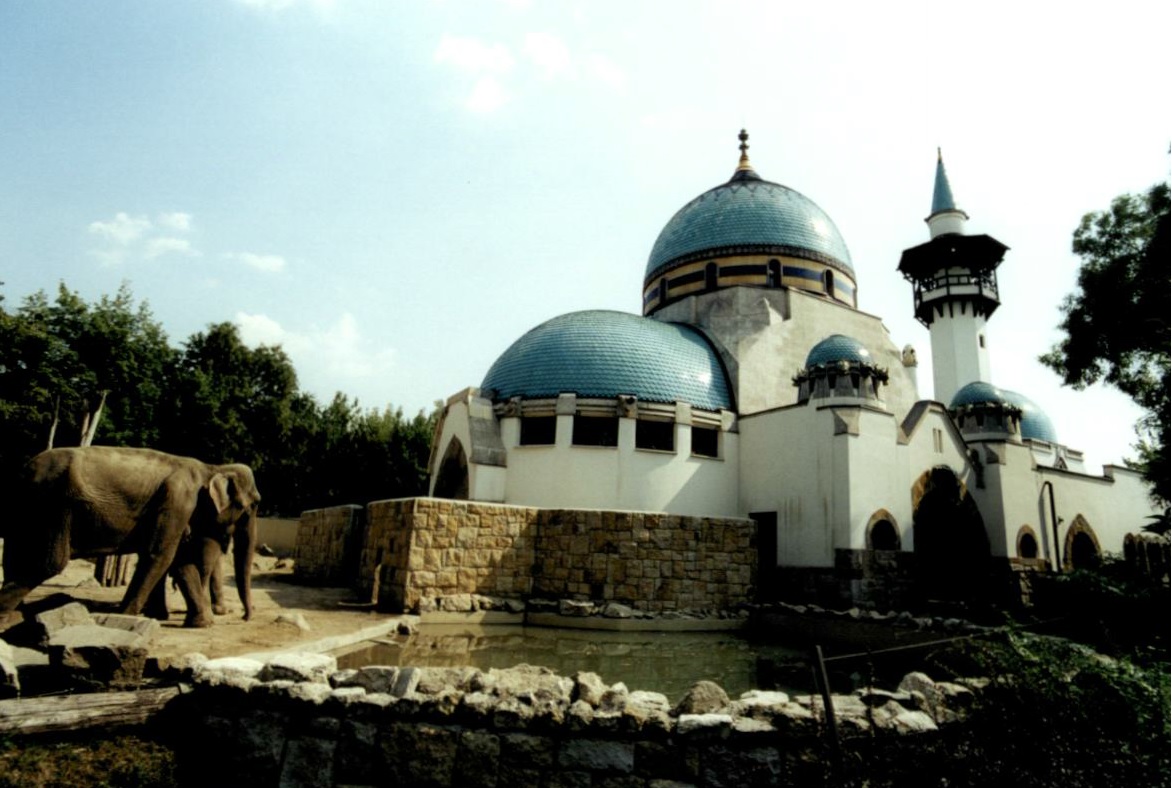
1909-1912
1940

20th century

14th-19th century

1900 - 1906
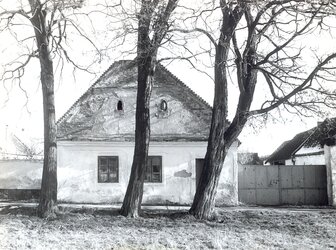
18th-20th century
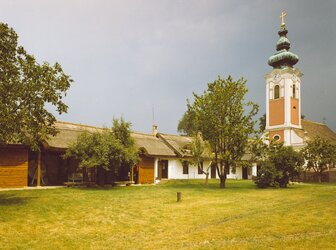
17th-18th century
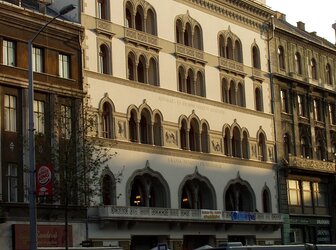
19th century
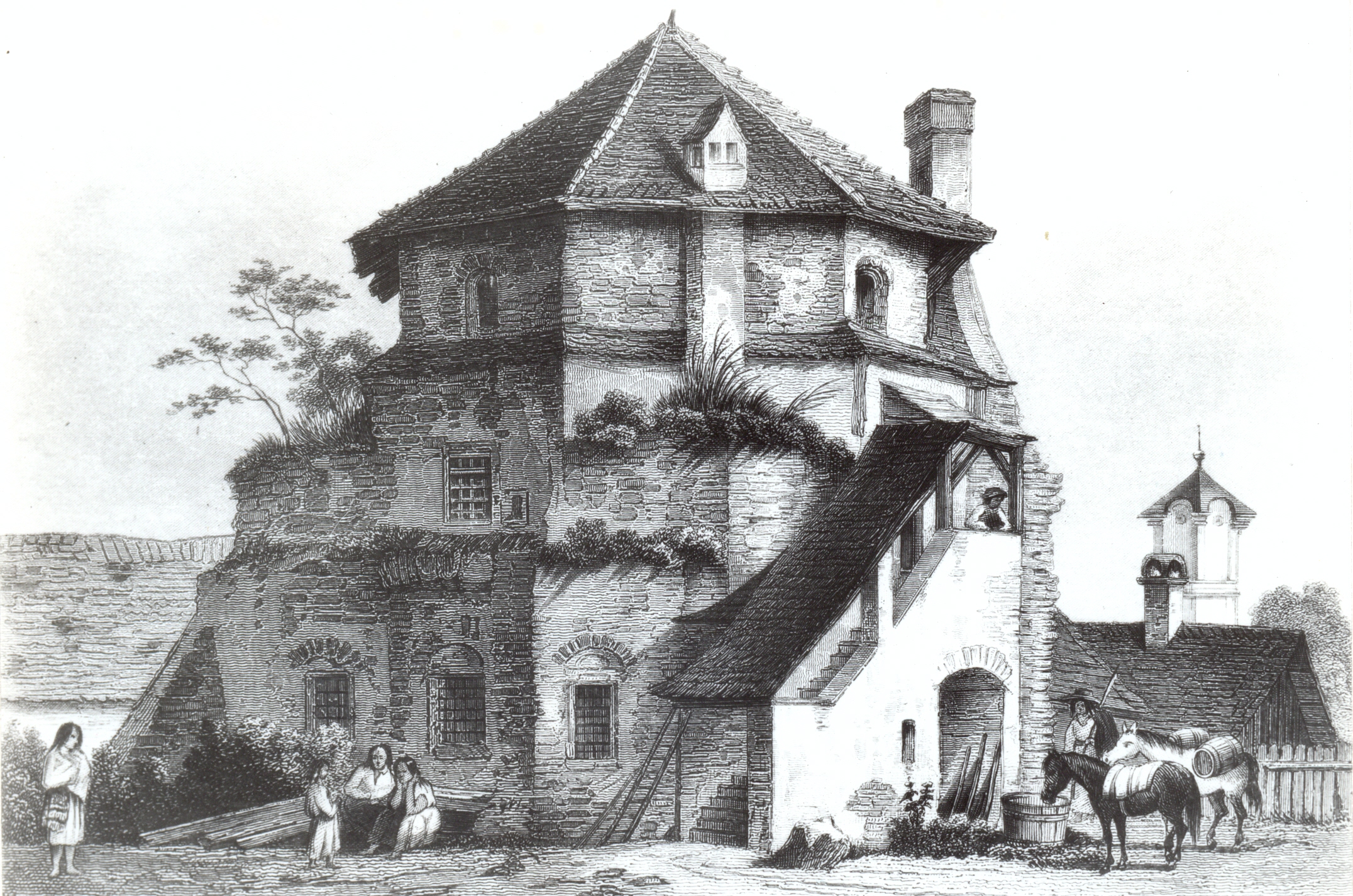
16th century

18th century
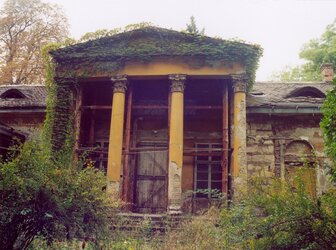
19th century
